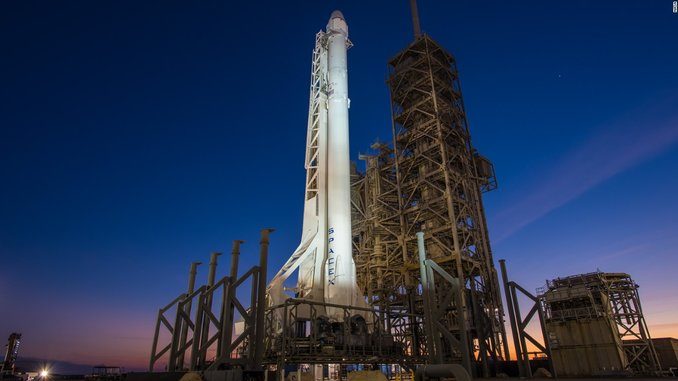
SpaceX has launched a further 60 Starlink satellites, bringing the future satellite broadband service satellite count to 300 since the first launch last May, ZDNet reported.
SpaceX CEO Elon Musk has said Starlink needs about 400 satellites to provide “minor” coverage and 800 for “moderate” coverage of North America.
Starlink is aiming to light up the broadband service in the US and Canada in 2020, followed by “near global coverage of the populated world” by 2021, after about an additional 22 launches, ZDNet adds.
This batch of broadband satellites used onboard thrusters to move to their operational altitude of 550km, or 342 miles.
While SpaceX’s fifth Starlink mission on Monday on a Falcon 9 all went to plan after takeoff from Cape Canaveral Air Force Station in Florida, it failed to complete its 50th successful landing of a booster – the first stage of the rocket.
The booster should have been caught on its return to Earth by one of SpaceX’s drone ships in the Atlantic ocean.
“We clearly did not make the landing this time,” said Lauren Lyons, SpaceX Starlink engineer in the webcast of the operation.
Video footage of the planned landing on the ‘Of Course I Still Love You’ droneship, at about eight minutes after liftoff, shows smoke billowing out from the engine near the ship’s landing pad, suggesting the booster made a soft landing in the sea but slightly off target, ZDNet writes.
SpaceX’s rocket landings on Earth help reduce the cost of space voyages by reusing core equipment on multiple missions. The company achieved its first Falcon 9 rocket landing in 2016. The particular Falcon 9 used in this week’s mission had been launched four times previously.




Be the first to comment